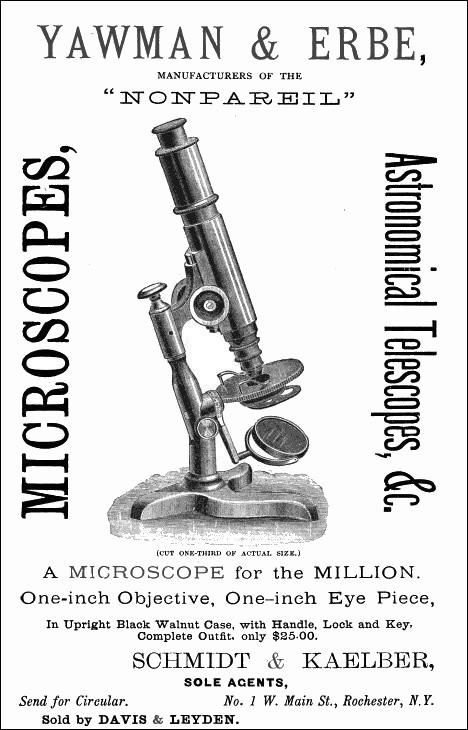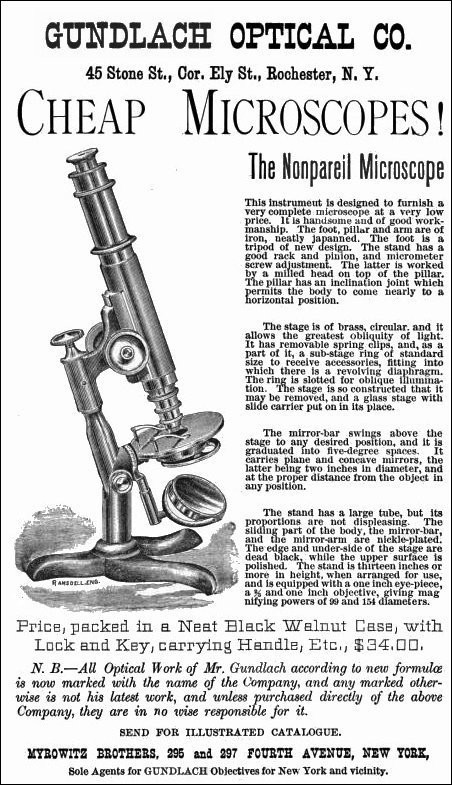Two versions of the Gundlach-Yawman & Erbe Nonpareil model microscope, c. 1884
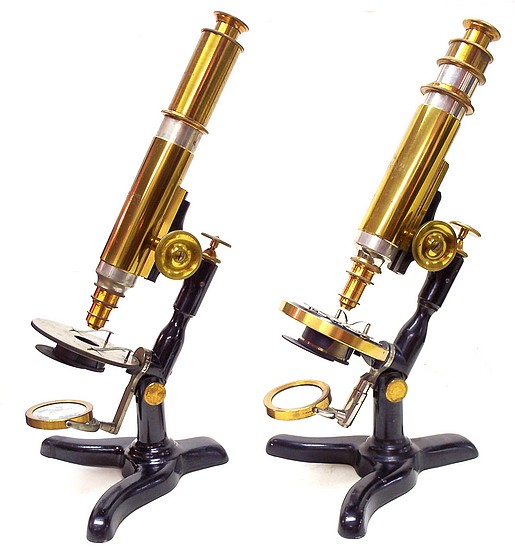
Left: signed on the upper tube Ernst Gundlach and the lower tube Yawman & Erbe, Rochester N. Y. Right: Signed Yawman & Erbe, Rochester N. Y. on the tube
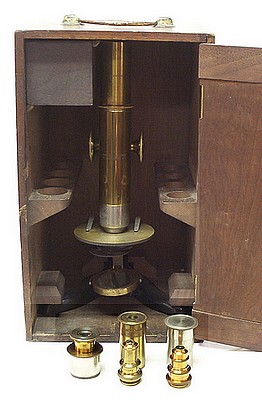
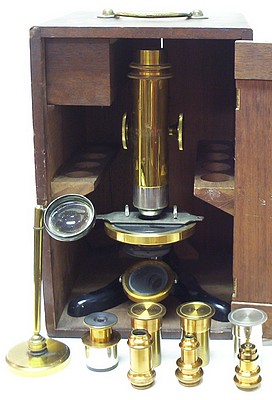
1884 advertisement
1886 advertisement
It is presumed that the example on the right is a later version of the Nonpareil microscope since it has a number of improvements among which are the addition of the drawtube, the focusing mirror mounting, an auxiliary glass stage with slide carrier, and a different casting for the base having an elongated rear leg which, presumably, results in improved stability when the instrument is inclined.
The following text is taken from the 1886 advertisement above:
